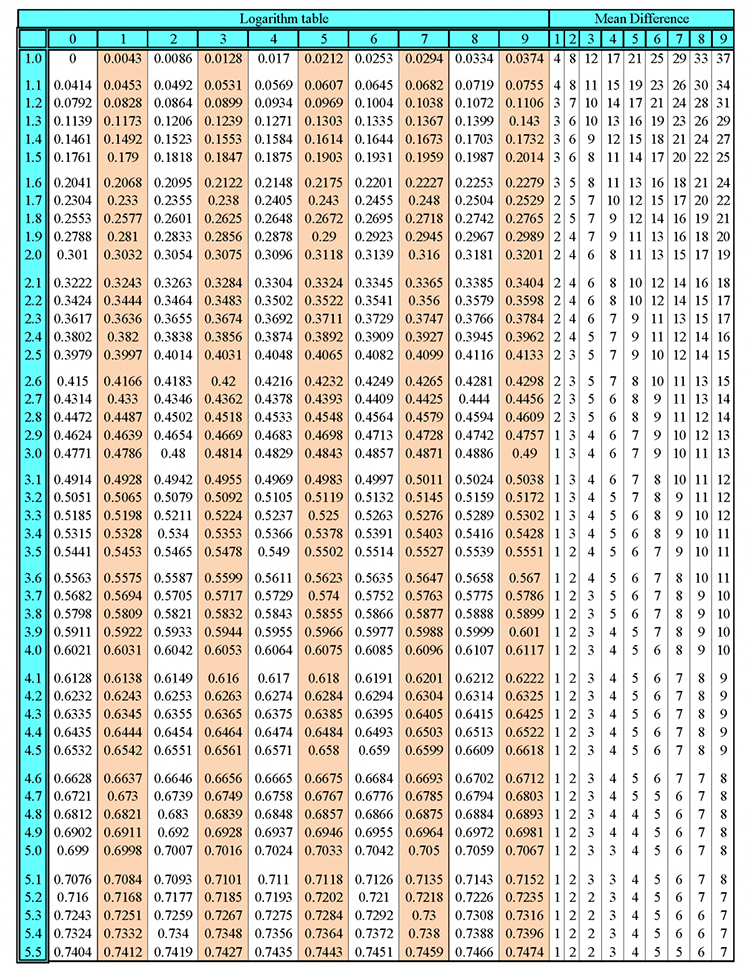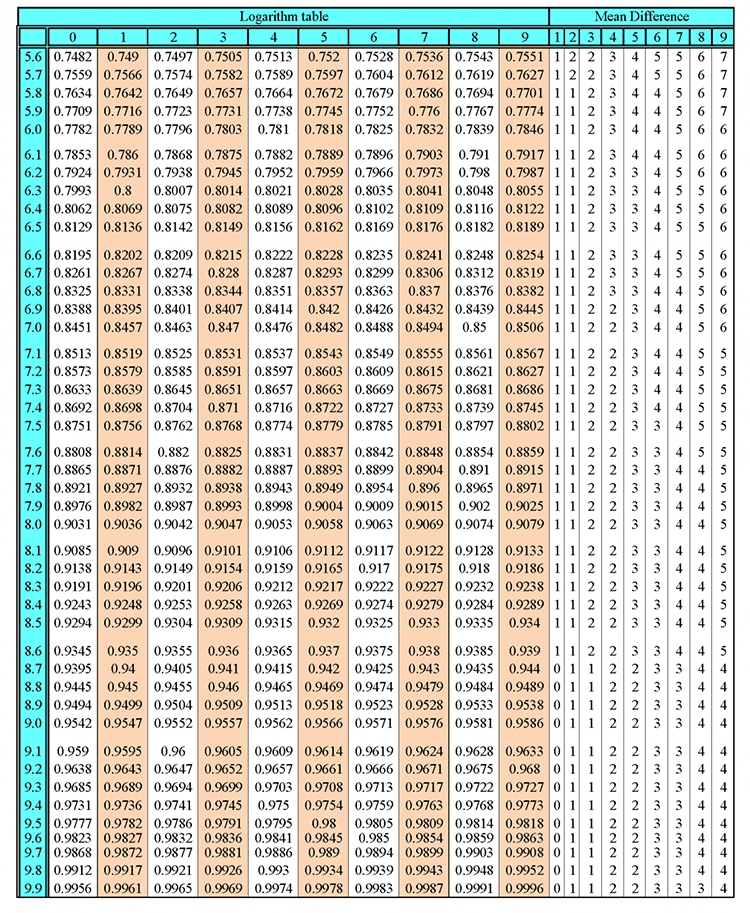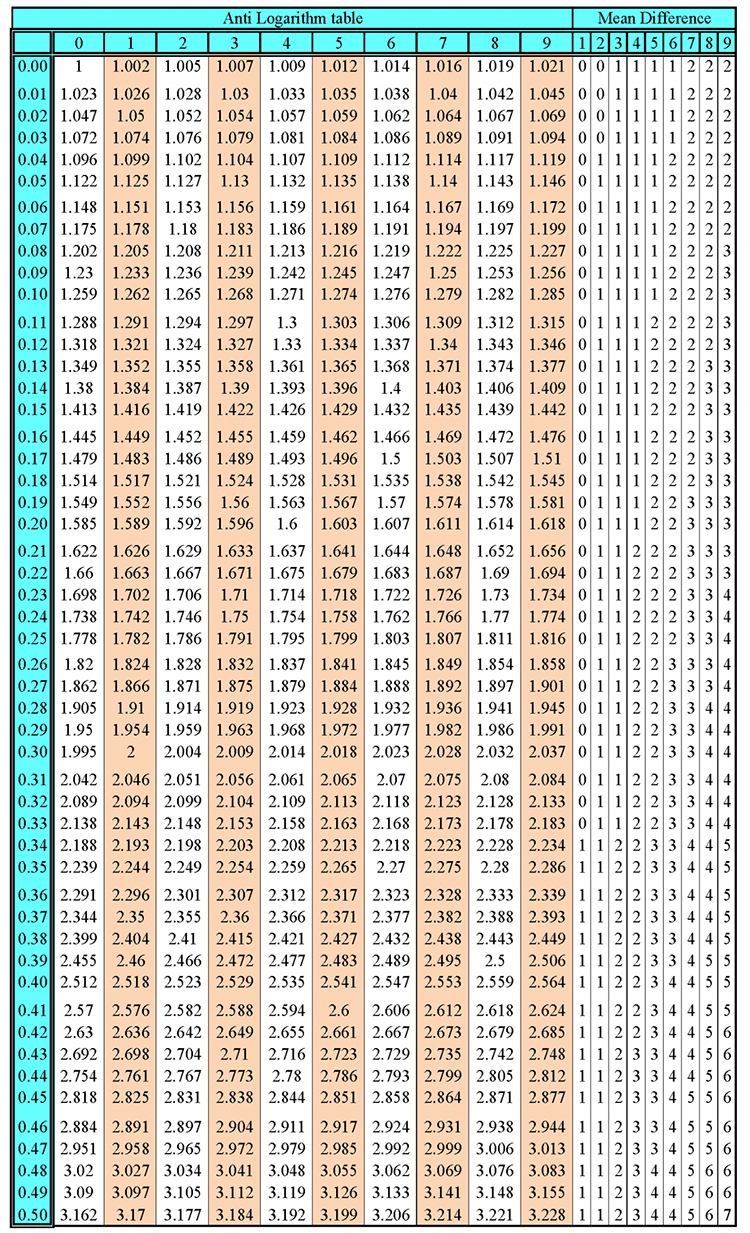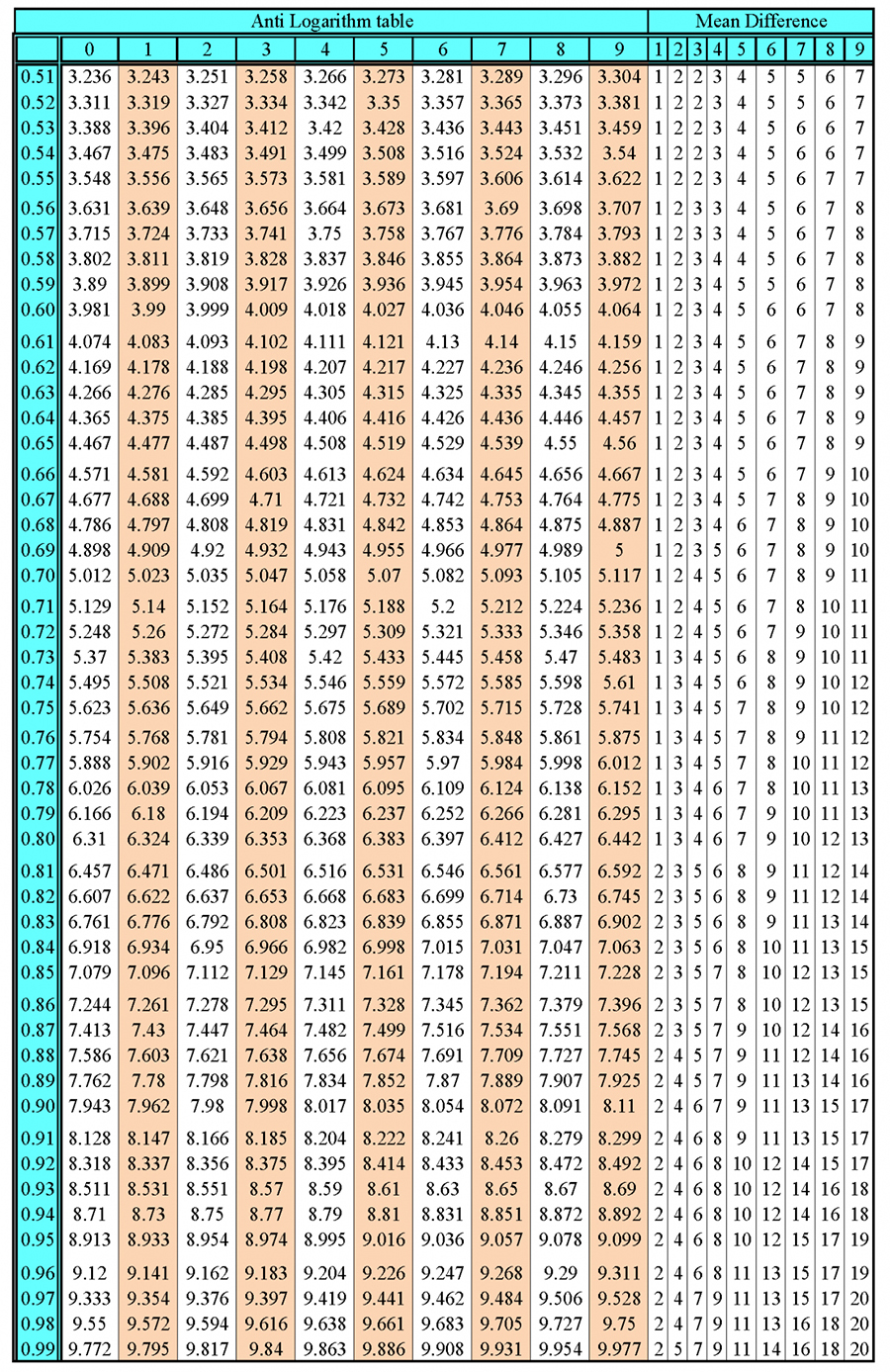Adding and subtracting signs directly near each other
When adding `(+)` and subtracting `(-)` signs that are directly beside each other, the same rules that apply to multiplying and dividing apply here too. i.e.
1-When the signs are different the answer is negative
2-When the signs are the same the answer is positive
Or the other way of remembering this is
My friend's friend is my friend `(++=+)`
My friend's enemy is my enemy `(+\-\=-)`
My enemy's friend is my enemy `(-+=-)`
My enemy's enemy is my friend `(-\-\=+)`
The main issue to remember is
`(-\-\=+)` that is: 2 wrongs make a right
Examples
`3+(+3)=6` (signs are the same so positive)
`3-(+3)=0` (signs are different so negative)
`3+(-3)=0` (signs are different so negative)
`3-(-3)=6` (signs are the same so positive)
NOTE:
If there were three negatives in a row
`3-(-5)-5`
Then you would complete one calculation first, beginning on the left
`3-(-5)=8`
and now relook at the equation
`8-5`
You can now complete the calculation
`8-5=3`
So `3-(-5)-5=3`
Difficult examples
Example 1
What is the answer to the following?
`9-(-4)+(-3)`
Complete one calculation first, beginning on the left
`9-(-4)=9+4=13` (signs the same so positive)
Now the sum becomes
`13+(-3)`
Now we can complete the calculation
`13+(-3)=13-3=10` (signs different so negative)
Answer: `9-(-4)+(-3)=10`
Example 2
What is the answer to the following?
`3z-\(-7z)`
`3z-\(-7z)=>` When the signs are the same the answer is positive
So `3z-\(-7z)=3z+7z`
and `3z+7z=10z`
Answer: `=10z`
Example 3
What is the answer to the following?
`3times(-3)times(-3)`
Complete one calculation first
`3times-3` actually means `+3times(-3)`
When the signs are different the answer is negative
So `+3times(-3)=-9`
so the sum now becomes `-9times(-3)`
When the signs are the same the answer is positive
`-9times(-3)=+27`
Answer: `=+27`
Example 4
What is the answer to
`3-3-3`
This calculation is easy because the positives and negatives are not next to each other so you would treat it as a normal sum.
`3-3-3=0-3=-3`
Answer: `3-3-3=-3`
Example 5
What is
`-8ntimes(-3)`
`-8ntimes(-3)=24n`
Because signs are the same so its positive
Answer: `-8ntimes-3=24n`




